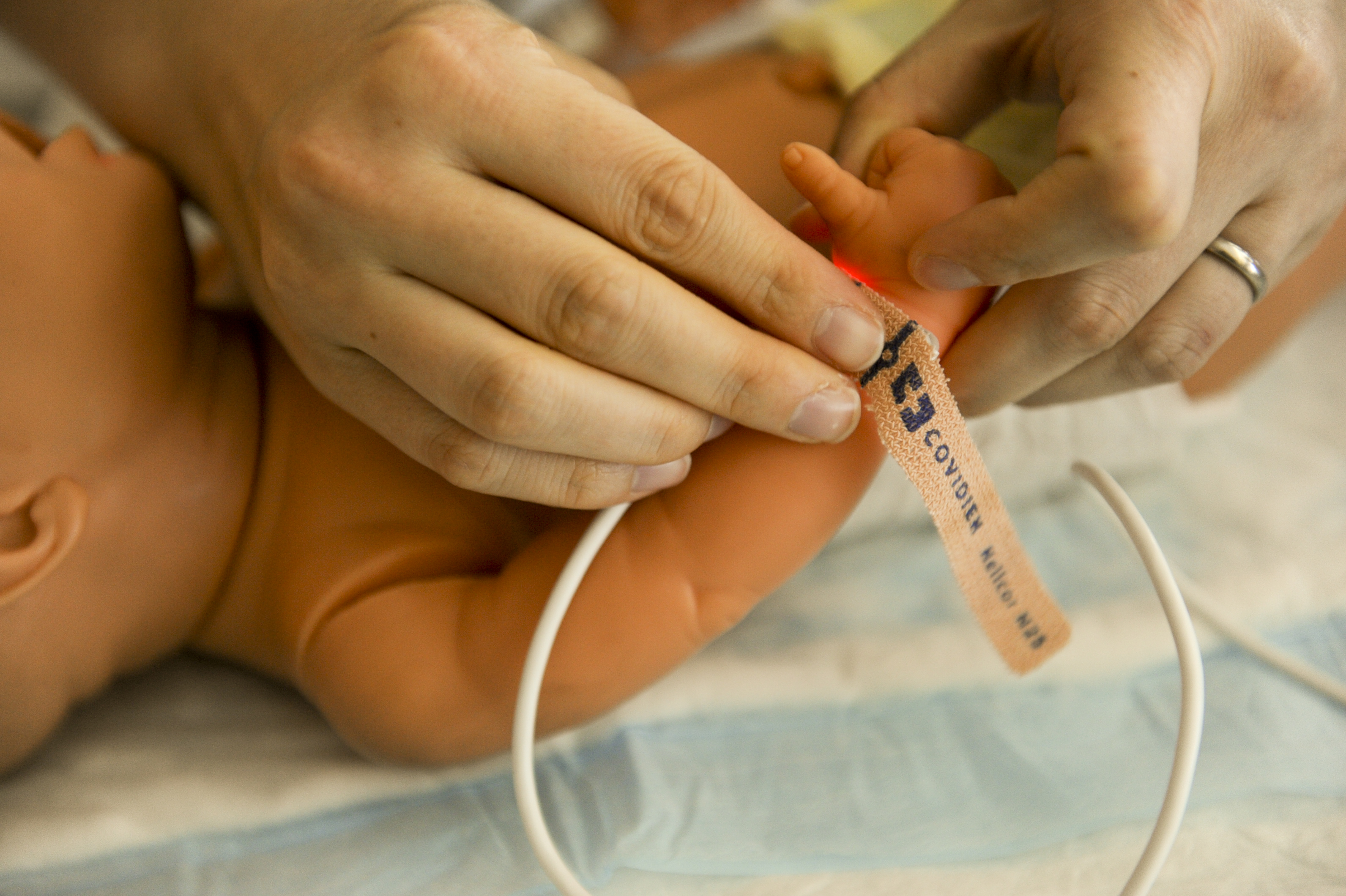Using an artificial womb, a team of researchers affiliated with the University of Western Australia have effectively incubated premature lambs for seven days, signaling potential future advancements for human preemie care options. The American Journal of Obstetrics and Gynecology published a paper this past week detailing the ex-vivo uterine environment (EVE) therapy technique devised by the researchers, which involves putting the premature lamb in a bath of amniotic fluid that includes an artificial placenta.
The conditions of EVE therapy mimic those of an actual womb, including increased gas exchange and nutrient delivery for the prematurely delivered lamb. For an infant developing outside the womb prematurely, the unfavorable conditions can lead to adversely affected development or complications.
“At its core, our equipment is essentially is a high-tech amniotic fluid bath combined with an artificial placenta. Put those together, and with careful maintenance what you’ve got is an artificial womb,” Local Chief Investigator and UWA Associate Professor Matt Kemp said. “By providing an alternative means of gas exchange for the fetus, we hoped to spare the extremely preterm cardiopulmonary system from ventilation-derived injury, and save the lives of those babies whose lungs are too immature to breathe properly. The end goal is to provide preterm babies the chance to better develop their lungs and other important organs before being brought into the world.”
Sparking bioethical questions regarding pregnancy, abortion, and perhaps even conception, the research is certainly promising for infant health, yet consequently complex in its potential ramifications. The paper follows one published in April by the Center for Fetal Research in Philadelphia, in which premature lambs survived for four additional weeks prior to delivery.








Leave A Comment